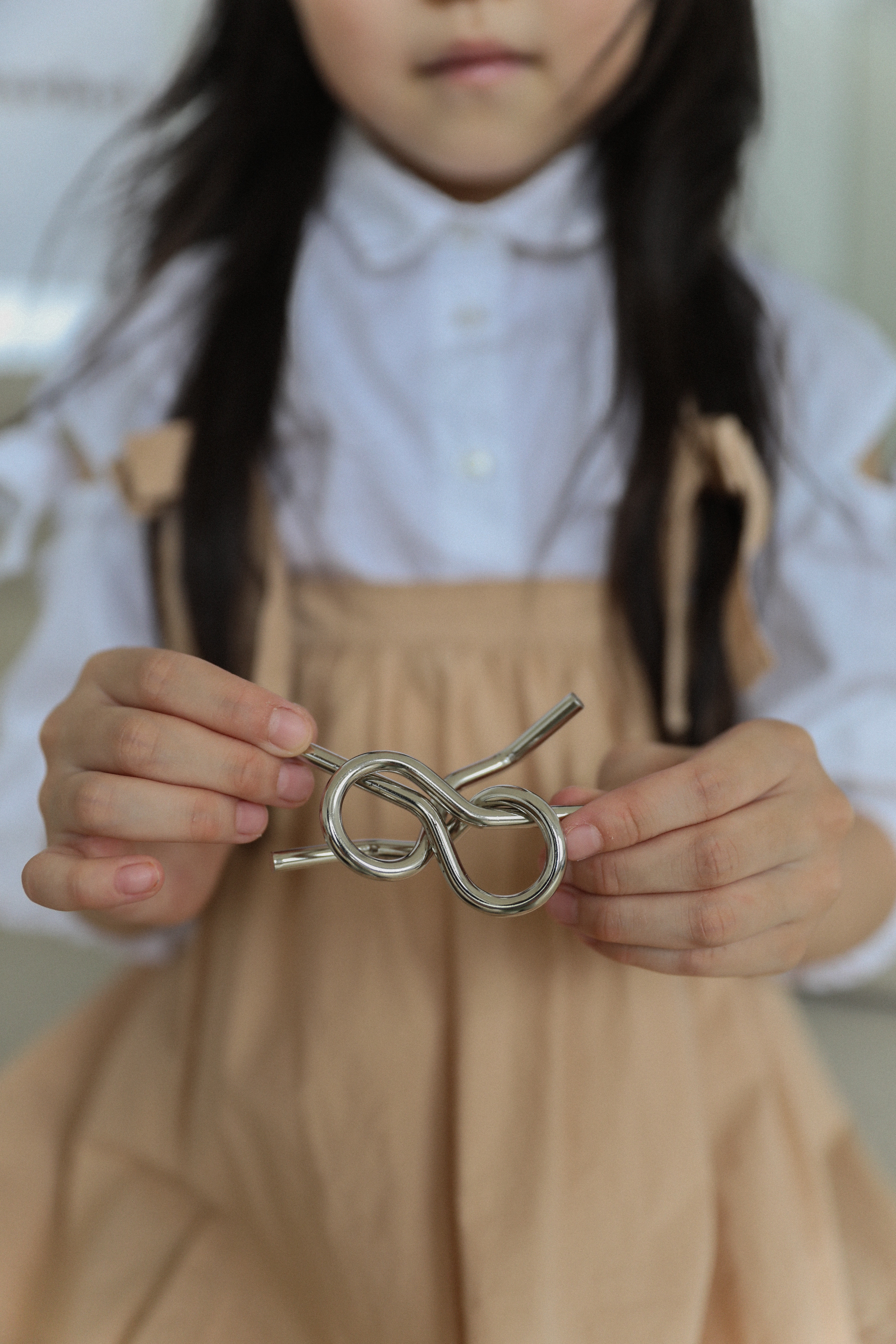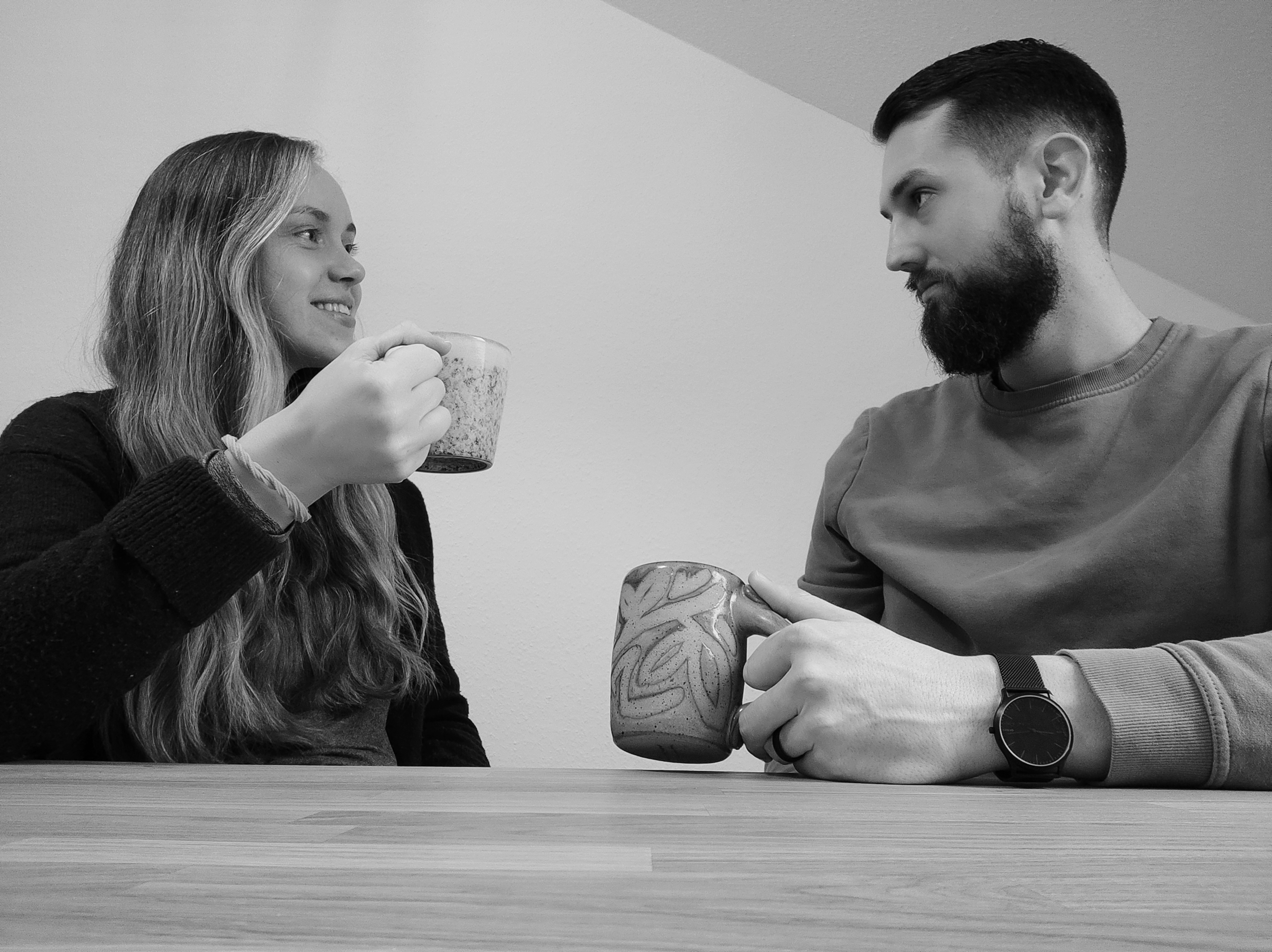Academic Writing 101 - An Independent Study Course Created by Students
Critical Thinking (1/3)

Welcome!
This unit will introduce you to the core concepts of critical thinking and provide you with strategies to improve your personal critical thinking skills. You will see examples of critical thinking in daily life through various creative media, which will help you grasp the idea as a whole.
At the end of this session, you should be able to explain the key ideas that define critical thinking and consequently be more aware of your own thinking processes and habits.
Let’s start!
- Name and discuss one aspect of critical thinking addressed in the conversation that is new to you.
- Have you easily accepted the importance of critical thinking, or did you find yourself siding with Jacque at the beginning?
- Explain in your own words what the “armor of skepticism” and “sensitivity to context” is.

Critical Thinking
Inspired by Mathew Lipman’s “Approaches in Teaching for Thinking” in Thinking in Education
A Conversation
JACQUE
Elaine, what a day it’s been. People can be so annoying, don’t you think? The more time I spend on social media, the more convinced I become that nobody thinks critically anymore. Do you think all is lost?
ELAINE
Jacque, Jacque, Jacque. Take a deep breath. Let’s talk this out like we always do. I think your powerful emotions are running their course! Why don’t we try to organize them a bit.
JACQUE
Everyone is talking about critical thinking these days. I have thoughts on it, too. For one, I think people should try it now and again and not share everything that crosses their minds immediately.
ELAINE
What is it that bothers you so much, Jacque?
JACQUE
I read a headline this morning that studies have shown that most people accept information at face-value. Not bothering to question it. Can you believe this?
ELAINE
What studies did the article cite? Was the article backed by credible research? Did you find it trustworthy and reliable?
JACQUE
Oh, I didn’t read the article. I was drinking my coffee right before I had to run out for work. There was no time to click on the article, let alone read it. Who has time for that?
ELAINE
I see.
JACQUE
Elaine, what do you think about critical thinking? Is it a hype? Is it relevant? I feel like we should be critical, but what’s all the fuss about, really?
ELAINE
Funny you call it a hype, Jacque. Did you know that discussions around the theory of critical thinking began over a hundred years ago. It’s difficult to pinpoint it to one theorist, but John Dewey has arguably had significant influence on the evolution of the notion which we nowadays would call critical thinking. Before it was called critical thinking, theorists rather described it as reflective thinking.
JACQUE
Reflective? How does that relate to viewing the world critically? Reflective sounds like a softened, watered-down version of critical. What is critical thinking without criticism?
ELAINE
When we focus on reflective thinking, we consider causes as well as consequences, which means we consider what comes before and affects the outcome as well as what follows. We put things in context, because when you don’t consider the context, shallow conclusions and misinterpretations occur frequently. Let me give you an example: Most people today agree that the conquistadores’ treatment of indigenous people was an act of ignorance and cruelty. To accept this conclusion doesn’t necessitate that you go beyond the spheres of ordinary thinking. To take it a step further, you could reflect on the civilizations that existed prior to the arrival of the colonizers or reflect on why the colonizers left their countries to begin with and then you could draw connections to the development of Native American cultures in the aftermath. Now you have reflected on the events surrounding conquest behaviors without merely accepting the initial argument.
JACQUE
That sounds exhausting. So thinking reflectively really isn’t any easier than thinking critically?
ELAINE
I agree. It can be tiring. But once you develop these habits, create the connections in your brain, it gets easier. And no, incorporating practices of reflection isn’t necessarily easy, you’re right.
JACQUE
Does this mean that I have to do a historical deep-dive every single time I read or hear an argument?
ELAINE
Well, in some ways, this is, inevitably, up to you, Jacque. But if you ask me, that is not a realistic goal. It’s important that you keep the bigger picture in mind here: critical thinking is inseparable from the concept of inquiry or having an inquisitive mind.
JACQUE
Elaine, like any good academic, you seem to enjoy throwing all this terminology at me.
ELAINE
Think of it as asking questions. Often and enthusiastically. Being curious: open-minded but not gullible. Imagine meeting a person who tells you that all dogs are aggressive and vicious at their core. You could either think to yourself that they might be right or that they’ve lost their mind and move on with your day. You can absolutely do that. And sometimes you will want to and have to. Alternatively, though – if this person is important to you – you could ask questions directed at their arrival to this conclusion. You may find out that they experienced dog-inflicted trauma that they’re still actively working through. This is inquiry. It actually makes life more interesting.
JACQUE
Oh, that makes a lot of sense. I do enjoy asking questions and finding out more about people and why they think the thoughts they think and act the way they act. It reminds me of philosophical thinking. Should we all consider ourselves philosophers now? I am not sure we need another Kierkegaard as much as we need more gifted carpenters and devoted roofers.
ELAINE
I couldn’t agree more. But I don’t think you ought to separate and dichotomize it quite like that. Critical thinking certainly should not merely be a pastime for the intellectual elite. In fact, critical thinking has been debated amongst educators and introduced in school curricula. The objective is not to create little uniform puppets who discuss Kant, but rather to introduce the idea of skepticism. This way, young students do not simply acquire and accept what to believe, but instead, hopefully, will learn what not to believe.
JACQUE
Oh, now that you mention this, I remember hearing an expert talk about “the armor of skepticism.” It may sound negative at first, but what I think he was trying to explain is that if we, as a society, habitually question arguments and assertions, propaganda will have much less of a fertile ground to spread and grow.
ELAINE
Exactly, Jacque. Some people worry that teaching students how to think critically will come at the expense of teaching high-quality content. But one definitely doesn’t exclude the other. In fact, a great amount of history and literature has to be taught in order for students to be able to put this knowledge into context. So while context is the goal, it cannot be achieved without content. The expert you’re referring to is Matthew Lipman and he has another handy term to understand this: “sensitivity to context.”
JACQUE
I think I am truly beginning to comprehend the importance of this. My initial reaction would have been to say: enough with the sensitivity! But that’s not really helpful. You’re saying that we should try to consider the circumstances surrounding an opinion or argument. I do agree this would help us create better conversations. But let me back up for a minute. I have a question about something you mentioned earlier. You mentioned education. I imagine that it would present a novel set of challenges for the classroom dynamics, especially with young children, if you asked the students to question every instruction and situation. Could this undermine the teacher’s authority?
ELAINE
That’s a good question and I think that yes, it could undermine the teacher’s authority to a degree. But the so-called loss of authority would in the long run be worth the cost. If children only learn to obey the teacher because of their size and age, a deeper understanding of ethical values and behaviors cannot be fostered.
JACQUE
You’re going to have to give me an example of this – I’m not sure I understand.
ELAINE
Ok, let’s say a student starts a little game of spitball at another student during class and the remaining class thinks it’s hilarious and bursts into laughter repeatedly. It would be one thing for the teacher to put an end to it and use their authority to achieve the goal of ending this classroom interruption. There are wins and losses to this method. On the one hand, the lesson will likely resume, but on the other hand, the students are left with the conclusion that spitball is hilarious. We could see this as an opportunity for the teacher to mold this interruption into a lesson. They could open the classroom to a discussion with questions along the lines of: Why do you think that I, as the teacher, do not appreciate spitball games during my lesson? How would you feel if you were the chosen target of the spitball endeavor? How do you think it affects our classroom dynamic if students have to wonder whether they could be the center of the joke next time? Certainly, you have no guarantee that this spontaneous, communal intervention will lead to astounding results, but it does move the sole responsibility of encouraging ethical choices from the teacher to the students. It makes them reflect on choices and consequences and may lead them to the beginnings of what we would consider critical thinking.
JACQUE
I applaud teachers who have the confidence to open up their classroom to these kinds of discussions. It sounds like hard work is needed to contribute to the development of critical thinking in students, but I can’t say that I don’t see the value in this kind of progress. In fact, it seems glaringly obvious that the overarching goal should be for educators and all of us, honestly, to foster the kind of thinking that molds individuals into well-rounded humans.
ELAINE
Frankly, you’ve hit the nail on the head. Harvey Siegel, another relevant contributor to this field, summarized critical thinking into merely four words: “appropriately moved by reasons.” I think we can agree that we have discussed reasons and their appropriateness now, but there is one more aspect that his summary highlights: being moved by it. That is the part that morphs critical thinking into critical thinker. Just like you implied when you said “well-rounded humans.”
JACQUE
A critical thinker then translates her conclusions – gained from her reflection on causes, consequences, and effects – into actions that can objectively be perceived as thoughtful and often even helpful.
ELAINE
It seems that you were able to channel and redirect your frustrations into a learning experience, Jacque. I really enjoyed our talk.
JACQUE
I would go as far as saying that our conversation has helped me become more of a critical thinker. Thank you, Elaine.
ELAINE
Of course.